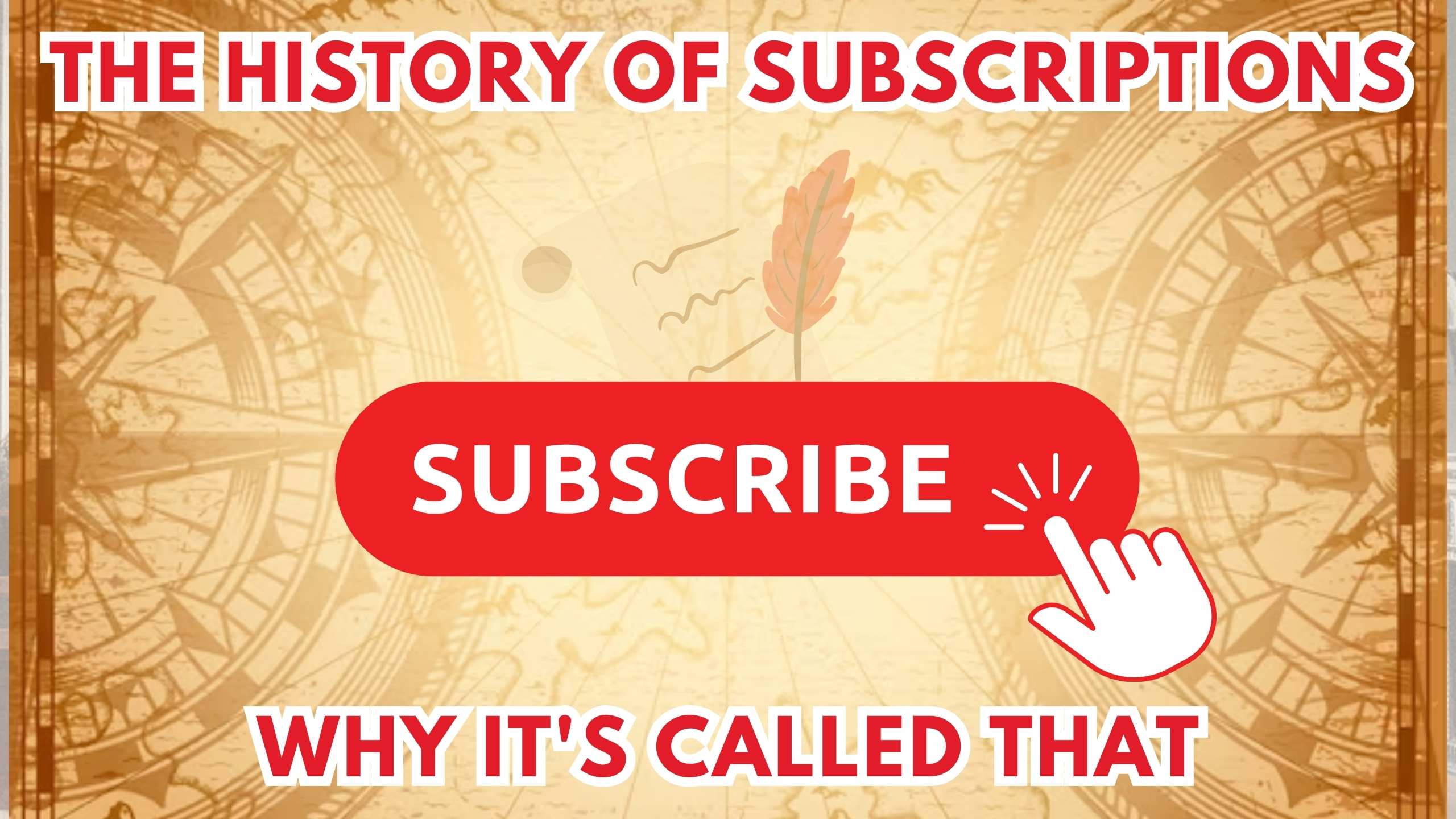The History of Subscriptions: Why It’s Called That
- Expense Management Software Credit Cards Investing Business Solutions


The History of Subscriptions: Why It’s Called That
In the vast landscape of commerce, the term “subscription” has become synonymous with recurring services and products. Let’s embark on a journey through time to uncover the origins and evolution of subscriptions, exploring why this business model bears the name it does.
The Early Roots of Subscriptions
Subscriptions trace their roots back to the 17th century, where print media pioneered the concept. Newspapers and magazines offered readers the option to receive regular issues for a fixed fee, establishing the foundation for the term “subscription.” This model provided a predictable income for publishers and convenience for readers, setting the stage for the future.
Expanding Horizons: Beyond Print to Digital
As technology advanced, subscriptions transcended the world of print. Enter the era of Software as a Service (SaaS) subscriptions, where digital products and services are delivered on a recurring basis. This shift brought about a revolution in how software is accessed and utilized.
The Role of SaaS in the Subscription Narrative
In the digital age, SaaS products like Salesforce and Microsoft 365 have played a pivotal role in popularizing the subscription model. Businesses access powerful tools continually on these platforms, staying current with the latest features and innovations for ongoing flexibility.
Why “Subscription”?
The use of the word “subscription” originated from the Latin verb subscribere which means “to write underneath; sign underneath.”
In the context of a newspaper or magazine, when a reader would subscribe they would essentially “sign their name underneath” an agreement to purchase issues on an ongoing basis. They were subscribing their name to a list of subscribers.
Over time, the scope of subscriptions expanded beyond periodicals. “Subscription” became the standard term for ongoing access rather than individual purchases.
Relevant SaaS Products
- HubSpot: HubSpot’s all-in-one marketing platform simplifies and enhances digital marketing efforts, making it a relevant tool for businesses seeking comprehensive solutions.
- Zoom: In the realm of remote communication, Zoom’s subscription-based platform facilitates seamless virtual meetings, addressing the evolving needs of remote teams.
- Slack: As a team collaboration platform, Slack’s subscription model streamlines communication and collaboration, fostering efficiency in remote and traditional work settings.
- Asana: Asana’s subscription-based project management tools empower teams to organize work effectively, aligning with the collaborative nature of modern workplaces.
- Adobe Creative Cloud: Adobe’s Creative Cloud subscription provides access to a suite of creative tools, ensuring designers have the latest software for their artistic endeavors.
Conclusion
The journey through the history of subscriptions unveils a rich tapestry woven from print media to the digital landscape. SaaS subscriptions have seamlessly integrated into this narrative, offering businesses flexibility, accessibility, and continuous innovation.
Ready to Optimize Your SaaS Stack?
Explore, compare, and manage your SaaS subscriptions effortlessly with Subscribed.fyi. Our platform, designed for freelancers and small teams, empowers users to navigate SaaS tools and expenses comprehensively. Sign up for free on Subscribed.fyi to access exclusive member-only deals on 100+ SaaS tools, unlocking savings totaling $100,000+ per year. Your secret deals are just a click away!
Relevant Links:





